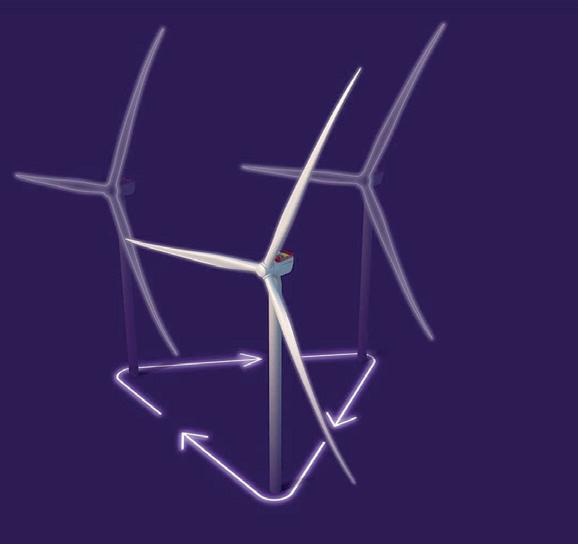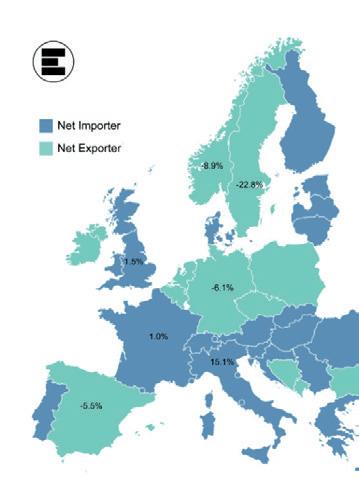
5 minute read
News
Sweden overtakes France as Europe’s biggest net power exporter
Sweden was the biggest net exporter of power in Europe during the first half of 2022, overtaking France, according to a new report from EnAppSys.
Advertisement
France has long been a major exporter of power in the European market, with a fleet of nuclear power stations generating a stable surplus of electricity. However, that’s beginning to change, with France shifting from a net exporter earlier in the year to a net importer.
This fall from grace for France has, ironically, been blamed on its nuclear power station fleet, which is beginning to show signs of age and unreliability. In fact, the country has found several structural problems at its nuclear power stations, which means it’s had to plug a significant gap in its electricity supply with power generated elsewhere.
With France unlikely to be able to fix its nuclear fleet anytime soon, it’s also unlikely to make it to the top of the net power exporter list anytime soon either. Instead, the top honour goes to Sweden, which exported a total of 16 TWh during the first half of 2022. Most of that power, 7 TWh and 4 TWh, went to neighbours Finland and Denmark, respectively.
However, the real story for the European power export market is that Germany – a country commonly criticised for its energy policies due to an overreliance on Russian gas – was Europe’s second largest exporter in the first half of 2022. It exported 15.4 TWh, with France taking the lion’s share.
The UK also noticeably saw a change in its fortunes in the first half of 2022, with the country going from a reliable importer of electricity to a net exporter position, with power largely flowing back to France. However, the UK still ended the six month period as having imported 1.5% more power than exported.
Sizewell C gains final approval as Boris Johnson’s final act
Boris Johnson used one of his last acts as the UK’s Prime Minister to give final approval to the Sizewell C nuclear power plant.
There was no doubt that Sizewell C would receive final approval, with Business Secretary Kwasi Kwarteng having already given his seal of approval in late July. However, the financial support package still needed to be signed off by the UK’s Prime Minister, which has now been done, with Sizewell C receiving £700 million in Government support.
That paves the way for Sizewell C to move onto the next step, which is the submission of a more detailed planning application and dealing with any appeals, before construction commences at some point ‘before 2024’, according to EDF.
Boris Johnson choosing to approve Sizewell C before leaving office is not exactly surprising in itself, with the Prime Minister hoping to be remembered for his green policies. In fact, while his premiership has been heavily impacted by the Covid-19 pandemic and scandals, Johnson’s commitment to the green revolution has helped the UK climb two places on the Environmental Performance Index, with it now considered the second greenest country in the world.
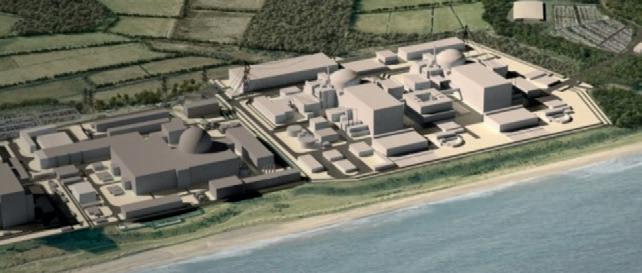
Western Power Distribution pledges to approve all domestic EV charger, heat pump connections
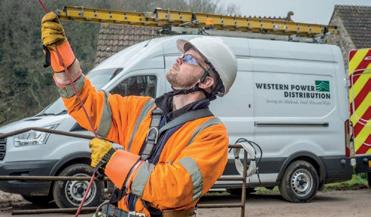
Western Power Distribution has announced its intention to become the first electricity distribution network operator to approve all new connections of domestic EV chargers and heat pumps.
Dubbed the ‘connectability pledge’, Western Power Distribution is vowing to say ‘yes’ to customers seeking to install any electric vehicle chargers or heat pumps, noting that there will be no network obstacles blocking its eight million customers from adopting domestic low-carbon technologies.
Currently there are 10,759 heat pumps and 58,416 electric vehicle (EV) chargers connected to Western Power Distribution’s network. From 202328, it estimates it will connect 628,000 heat pumps and chargers for 1.5 million EVs.

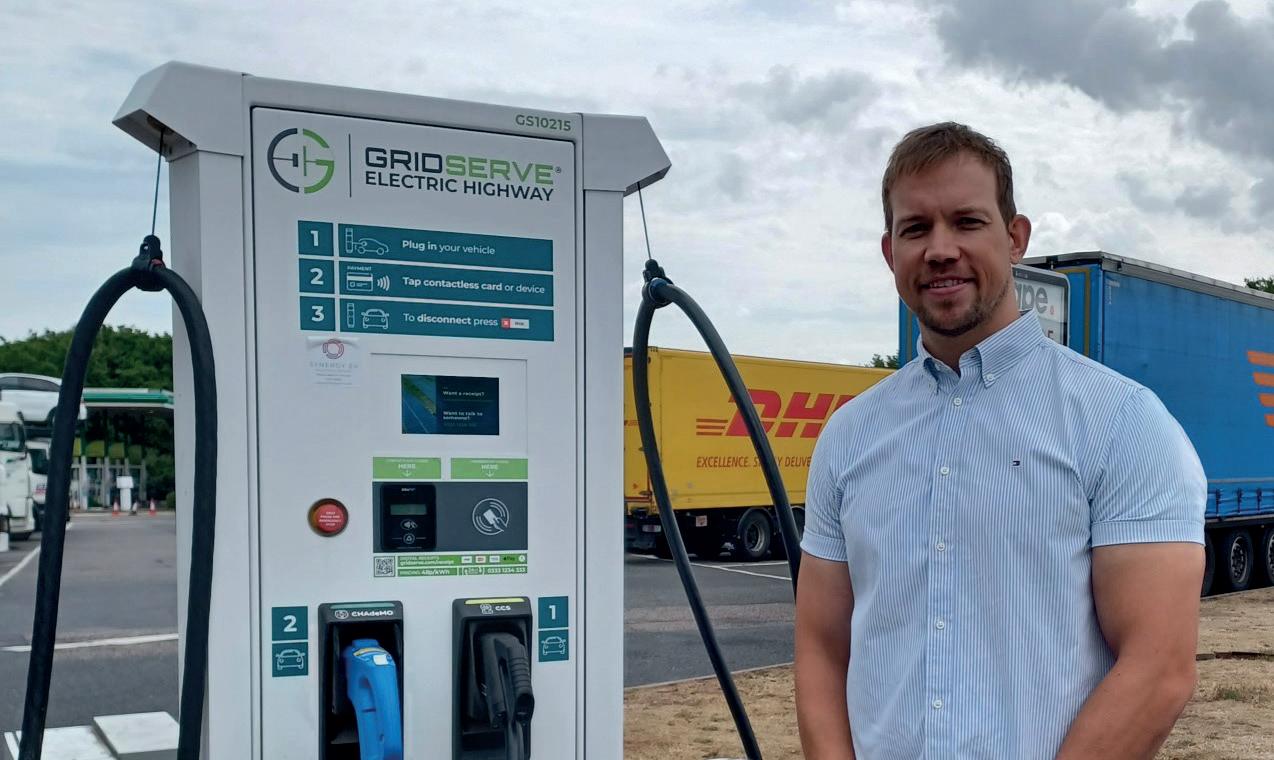
Moto Medway to receive 48 new EV chargers thanks to electrical upgrade
Moto Medway, a motorway service station situated along the M2 near Gillingham, is undergoing an electrical upgrade to make room for new EV charging stations.
UK Power Networks, the local electricity network operator, is upgrading power capacity for new EV charging infrastructure, including GRIDSERVE’s high-power chargers, at the motorway services near J4 of the M2 in Rainham, Kent, as part of its £66 million Green Recovery Fund.
The company is halfway through a project to install 4km of new electrical cabling from a nearby substation to EV charging points located in the car parks of the Moto Medway east and westbound motorway services. The work will enable the connection of a planned 48 new high-power charge-points (24 westbound and 24 eastbound) to support the growth in electric vehicles, reduce carbon emissions and improve air quality.
The ‘green recovery’ investment is delivering low carbon energy projects that will help achieve the Government’s Ten Point Plan towards Net Zero by 2050.
A total of 86 schemes are being fasttracked by the electricity company across a range of sites including electric vehicle charging hubs at motorway service stations, fleets of electric buses, community energy schemes and heat pumps.
Siemens Gamesa’s RecyclableBlade is now available for onshore wind projects
Siemens Gamesa pushed the renewables industry forward with the introduction of its RecylableBlade for wind turbines, although at launch it was only available for offshore wind power projects. Now, the company is making the technology available to onshore projects too.
The RecylableBlade is exactly what it says on the tin, it’s a wind turbine blade that is recyclable, making the carbon footprint of a wind turbine lower than ever. While it’s taken a lot of work to get to this stage, Siemens Gamesa was able to prove the technology’s worth in just 10 months, having launched the product in September 2021 before it was finally installed at RWE’s Kaskasi project in Germany in July 2022.
Of course, the RecyclableBlade should enjoy a long life before it’s sent for recycling, it’s still positive to know that the next generation of wind blades won’t head for landfill and will instead go on to have additional uses. However, that was only the case for offshore wind farms, until now.
A new onshore solution is now ready for customers to employ at their onshore wind sites. Further development by Siemens Gamesa and partners ensure full compatibility with the product and process requirements for onshore blades.
